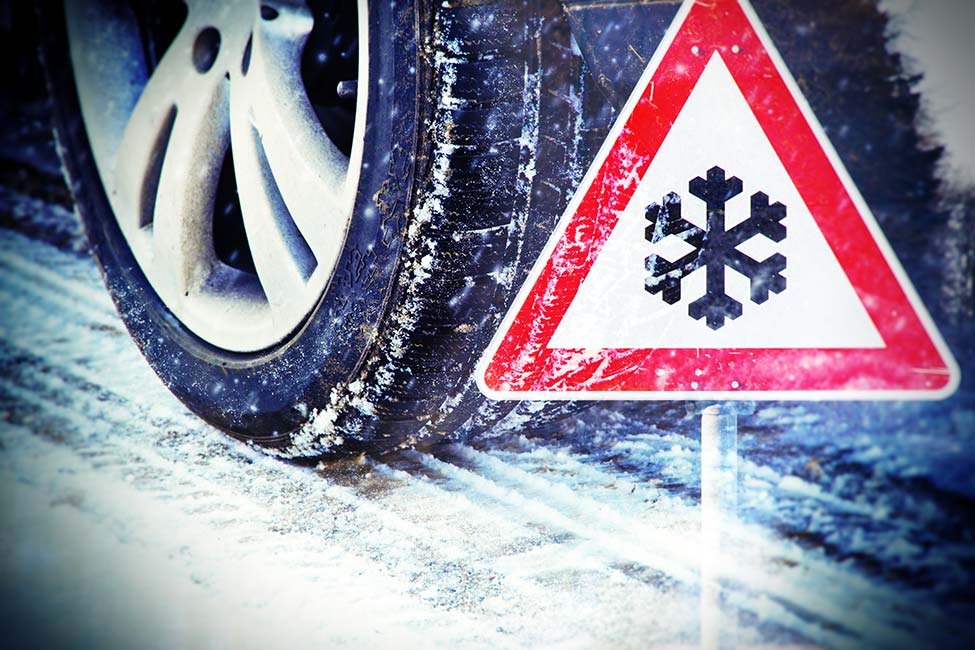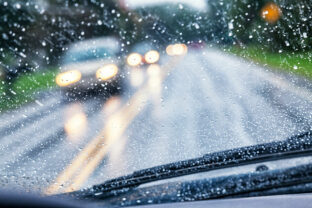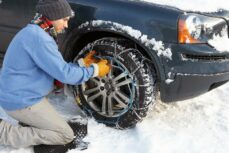Winter tyres: where and when are they mandatory in Europe?

In Europe, there is no uniform regulation on whether or not it is compulsory to fit winter tyres onto a vehicle. Each country has its own rules on the subject, and the obligations often depend on climatic conditions (the presence of snow, ice or black ice).
France
The Loi Montagne requires the use of suitable equipment in 48 French departments from 1 November to 31 March.
Germany
Winter tyres are compulsory when weather conditions require them, during an unofficial period from October to April.
In cases of violation, the fine is between €60 and €120.
Andorra
Although there is no legal obligation, winter tyres are strongly recommended. Chains are compulsory in snowy weather.
Austria
Winter tyres are compulsory from 1 November to 15 April if weather conditions require it.
Chains are allowed on snowy or icy roads and studded tyres from 1 October to 31 May.
Belgium
Winter tyres are not compulsory, but they are recommended.
Bulgaria
Winter tyres are compulsory between 1 November and 1 March.
Studded tyres are not allowed.
In case of infringement, the fine is €25.
Croatia
Winter tyres are mandatory from 15 November to 15 April.
Denmark
No legal obligation, but it is recommended that you equip your vehicle with winter tyres during the winter period.
Spain
Winter tyres are not compulsory unless there is a sign indicating otherwise.
Estonia
Winter tyres are mandatory from 1 December to 1 March.
Finland
Winter tyres are compulsory from 1 November to 31 March if weather conditions require it.
Greece
Winter tyres are not mandatory.
Hungary
Winter tyres are not mandatory.
Chains are compulsory only if a sign requires them.
Ireland
Winter tyres are not mandatory.
Italy
Winter tyres are, in principle, compulsory from 15 November to 15 April if a road sign requires them. But each region has its own legislation; for example, winter tyres are compulsory from 15 October to 15 April in the Aosta Valley.
Latvia
Winter tyres are mandatory from 1 December to 1 March.
Studded tyres are prohibited from 2 May to 30 September.
Liechtenstein
Winter tyres are not mandatory.
Lithuania
Winter tyres are mandatory from 10 November to 1 April
Studded tyres are prohibited from 10 April to 1 November.
Luxembourg
Winter tyres are compulsory on all 4 wheels if weather conditions require it.
In case of violation, the fine is €74.
Norway
There are no strict regulations requiring winter tyres, but the tyres used must be appropriate for the weather conditions.
Studded tyres are recommended in autumn and winter.
Netherlands
Winter tyres are not mandatory.
Studded tyres and snow chains are not allowed.
Poland
Winter tyres are not mandatory but strongly recommended during the winter period.
Studded tyres are not allowed.
Portugal
Winter tyres are not mandatory.
Czech Republic
Winter tyres are compulsory from 1 November to 31 March when weather conditions require them.
Studded tyres are not permitted.
Romania
Winter tyres are mandatory when weather conditions require them.
United Kingdom
Winter tyres are not mandatory.
Slovakia
Winter tyres are mandatory when weather conditions require them.
Slovenia
Winter tyres are mandatory from 15 November to 15 March.
Outside these dates, it is compulsory to have either winter tyres or chains in the vehicle when the weather conditions require it.
Sweden
Winter tyres are mandatory from 1 December to 31 March.
Switzerland
Winter tyres are not compulsory but are strongly recommended.
If you have to cross the border, knowing what regulations are in force regarding winter equipment is essential for safe driving. You now know how to comply, but always remember to adapt your speed and drive carefully in snowy weather.














